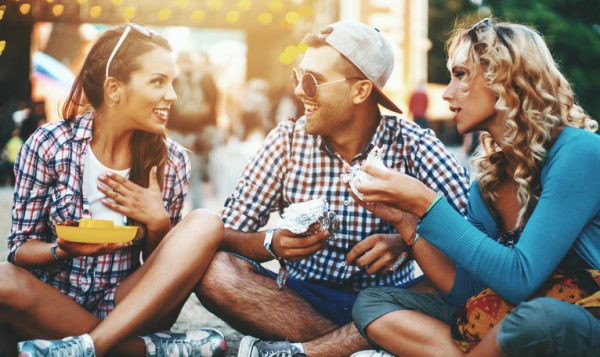
Author: Annette Malave, SVP/Insights, RAB
Of all generations, millennials have had the greatest influence on the advertising and marketing world. Their views and opinions and how they communicate amongst each other shifted how advertiser brands engage with them. According to an early study conducted by Harris and Eventbrite, millennials would choose to spend money on experiences versus things and the greater majority had participated in live events in the past year – like concerts, festivals, themed sports, etc.
While millennials, as a target audience, may have been a catalyst to the growth of event/experiential, it is now an important component of many brands’ marketing campaigns – regardless of age groups. Marketers will spend nearly 21% of their overall budgets on event/experiential in 2018 compared to 19% in 2017, according to a 2018 report by Event Marketer.
Reaching consumers and engaging with them personally has become challenging. It’s challenging because they have all become multitaskers – consuming media when they want, across devices throughout their day. To get, and keep their attention, you must personally connect with them.
Radio, at its core, is a true personal medium. It is a familiar and friendly voice that makes you laugh, think, shout or sing. It’s a trusted medium because of the personalities on those stations who can influence brand consideration. Radio can also create events and experiences – the kind that bring in people by the hundreds and thousands.
When most advertisers think of radio events, they think initially of remotes – the station van appears, t-shirts and key chains are given away. Radio is much more than that. Radio already delivers personal experiences on-air, online and on-demand, but radio can extend those experiences via concerts, festivals, fundraisers, test drives, sampling opportunities and so much more. As part of the local community, radio is a promotional, events and experiential dynamo.
Radio can create events and consumer experiences that can be geared toward any kind of business and attract any target audience. And with many stations having a loyal listener database, stations can also include exclusive offers to those members because events are important to listeners. Seventy-eight percent* of radio listeners think that it’s very/somewhat important to gain access to VIP or members-only events.
Here are some simple ways that radio, on behalf of local advertisers, can create experiences, offer sampling opportunities and drive brand engagement:
- Restaurant Opening – Heightens awareness of the business over-the-air while also driving traffic to the location within a specific area or community, giving listeners the opportunity to sample the menu.
- Auto Drive Events – Gives potential car buyers the opportunity to test drive a vehicle, understand and experience the safety and connected features that are so confusing to consumers today.
- Salons and Spas – Create pop-up locations and offer free 5-minute massages and discount coupons.
- Animal Shelters – Pet day parades or walks that get pet parents out to meet with local shelters, veterinarians, pet stores and local businesses geared toward this group.
- Local Concerts – Music always draws people together and local concerts can be used to bring various businesses together that want to increase their local presence or promote a new service or product.
Yes, these are very simple ideas, but they are some of the ways that radio can create the personal experiences that brands want. If you are looking for specific ideas in key categories, check out RAB’s The Pitch. So, the next time an advertiser is using experiential marketing as part of their campaign, suggest they reach out to their local broadcast radio station.
*GfK MRI 2017, AM/FM radio listeners

